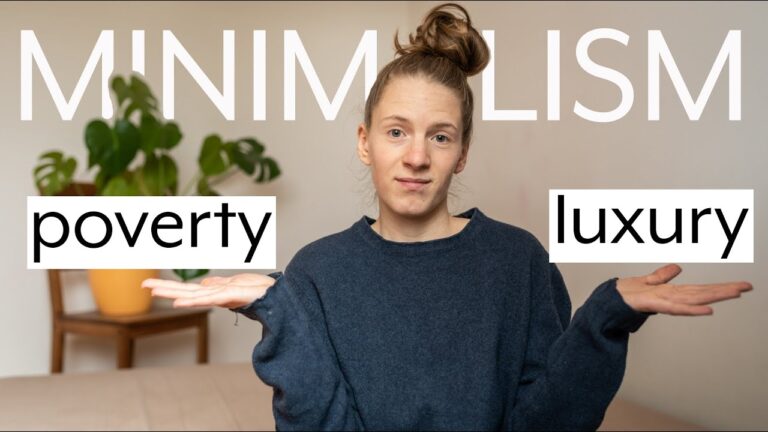
Scandinavia region, and countries like Finland, Denmark, Norway, and Sweden have become synonymous with happiness, stability, and social well-being. For several years, they have consistently ranked at the top of the World Happiness Report, attracting global admiration, and curiosity. But what exactly makes these nations so “happy”? This has sparked both admiration, and curiosity across the world.
What the Happiness Index Measures?
The World Happiness Report, backed by the United Nations, assesses well-being using factors such as:
- GDP per capita
- Social support
- Healthy life expectancy
- Freedom to make life choices
- Generosity
- Perceptions of corruption
Scandinavian nations regularly perform well across all these domains. Finland, for instance, has ranked number one for seven consecutive years, with Denmark, and Iceland closely following.

Why Scandinavia Scores High?
There are multiple interwoven reasons. Free healthcare, subsidized education, strong social security systems, and high-quality public services create a safety net that reduces stress, and financial anxiety. Low corruption, and transparency in governance build trust between citizens, and the state, a rare global phenomenon. Shorter work hours, generous parental leaves, and a strong emphasis on personal well-being make life more balanced. Societies value community cooperation over competition. The concept of “Janteloven” in Nordic culture promotes humility, and collective success rather than individual ambition. Clean air, access to nature, and sustainable urban planning encourage mental peace, and active lifestyles.
But Is It the Whole Truth
Critics argue that these happiness reports do not always capture the complete picture. While independence is valued, it sometimes leads to social isolation, especially among the elderly. In Sweden, nearly half of households consist of single individuals, the highest rate in the world. With rising immigration since the Syrian refugee crisis, countries like Sweden have faced integration challenges, cultural friction, and even political shifts toward the right. Assimilation into homogeneous societies has proven difficult. Funding the welfare model comes at a cost. Scandinavian citizens pay among the highest income, and VAT taxes in the world. Nordic countries report some of the highest rates of antidepressant use. Suicide rates, while lower than before, remain a concern, especially among men, and youth.
Can the World Replicate the Scandinavia Model?
While many developing countries admire Scandinavia’s ranking, copy-pasting their model is unrealistic. The success of their model is deeply rooted in:
- Small, homogeneous populations
- Centuries of state-building, and trust in institutions
- Cultural norms that prioritize equity over ambition
However, elements of their approach can inspire global policies:
- Investing in universal education, and health
- Promoting decentralized, and efficient local governance
- Designing cities around people, not cars
- Encouraging community trust, and cohesion
Countries like Bhutan, with its Gross National Happiness index, or even New Zealand, which has adopted a Well-being Budget, are already moving in this direction.
A Mirror, Not a Blueprint
Scandinavia provides a glimpse of what a society built on trust, welfare, and well-being can look like. But the idea of happiness itself remains deeply contextual. What works for a Nordic country might not work for a tropical, diverse, and complex society like India.
Rather than mimic the model, the world can draw inspiration from its values, equality, dignity, mental peace, and sustainability, and shape their own version of a happy, just, and humane society.
For more such articles, stay tuned at The World Times.



